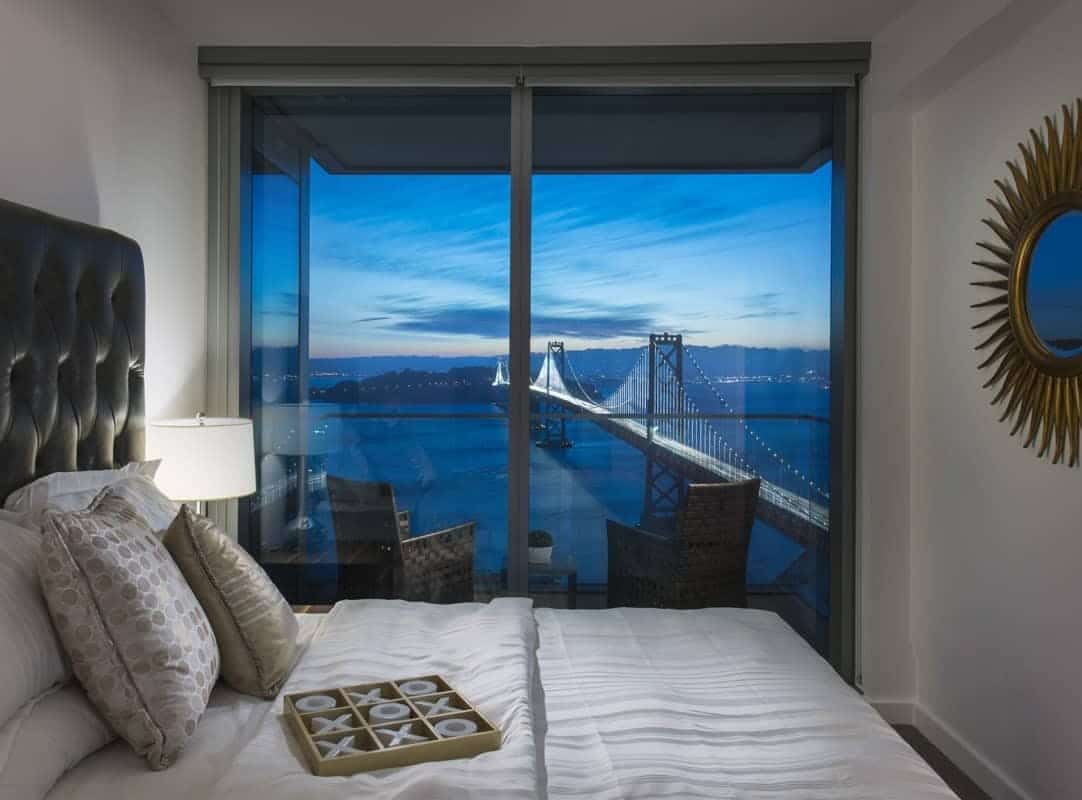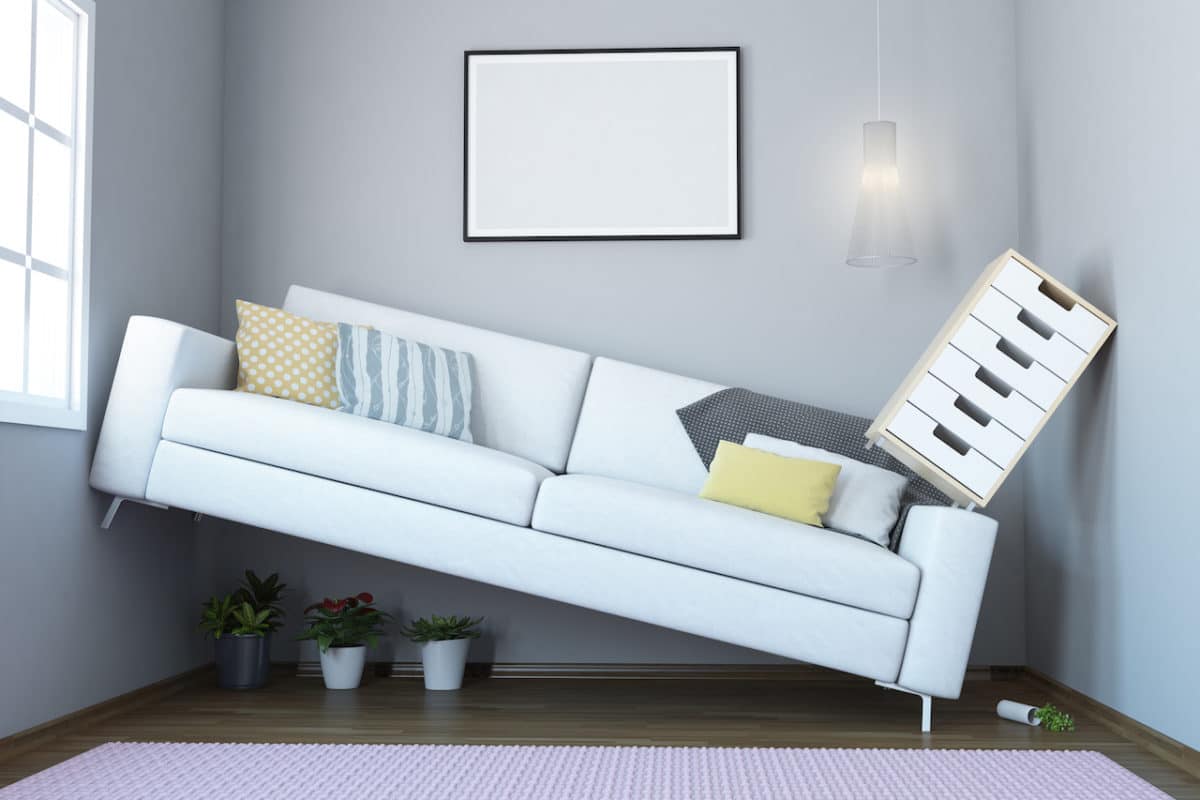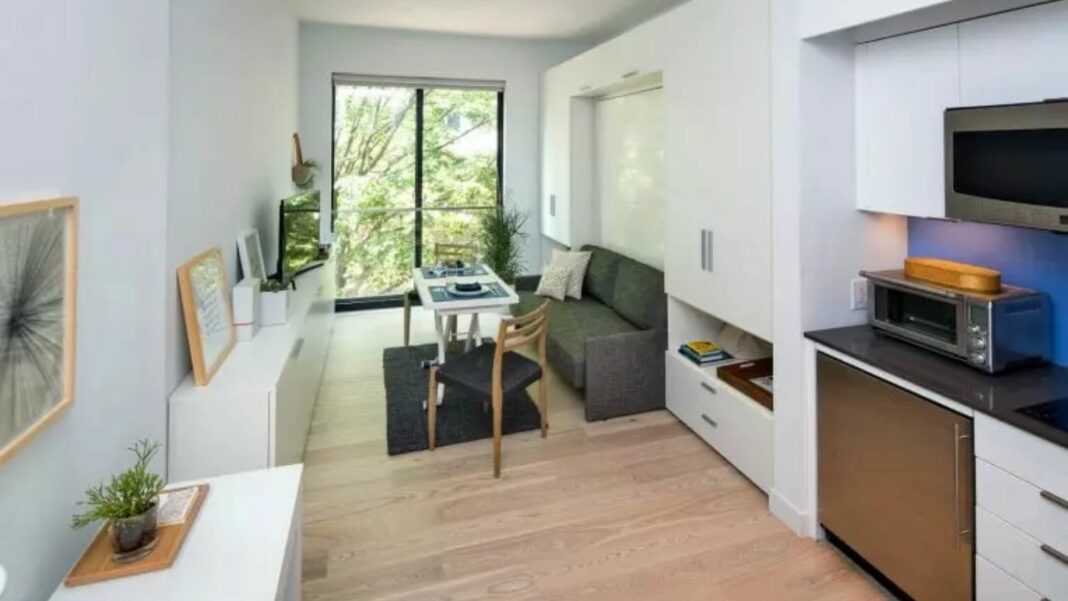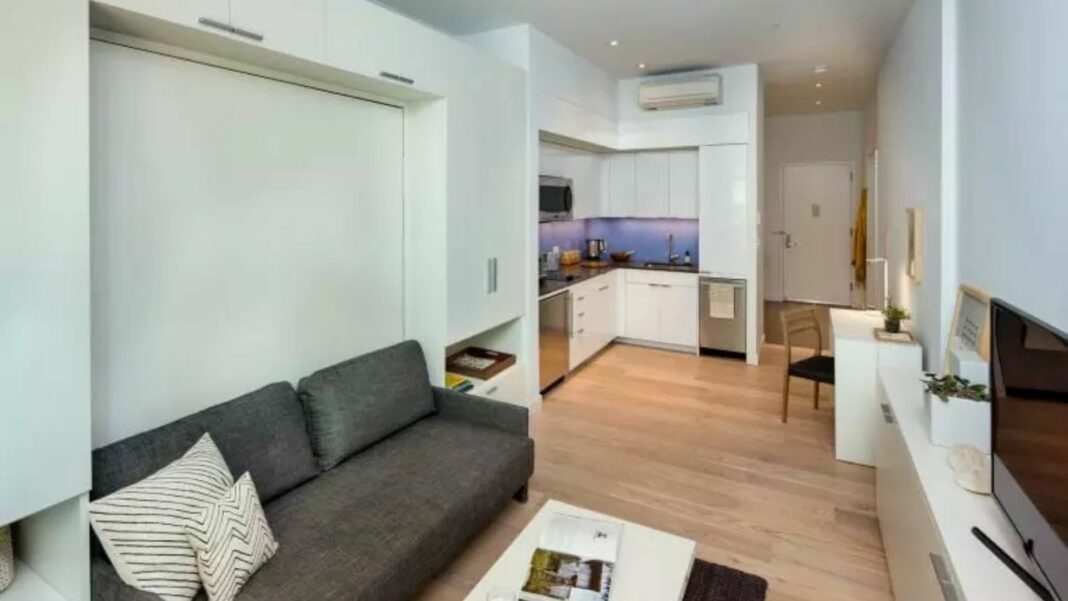
The cost of renting in cities across the country has been on a steady incline for the past few years, and there’s no sign of it slowing down anytime soon. This has caused city planners, developers, and local governments to think of new and innovative housing solutions.
Enter micro units. Not familiar with them? While micro units, or apartments, have certainly drummed up some passionate debate within the real estate community about housing costs, the rest of us might need a little more context. Read on and we’ll explain micro units, list their pros and cons, and show you some examples of what they look like.
What are micro units?

Typically 350 square feet or less in size, a micro unit is essentially a refined version of a studio apartment. While a normal studio is one open space where your bedroom, kitchen, and living room have limited or no dividing walls, a micro unit takes it a step further. It’s smaller in size and features multi-functional furniture.
Depending on the apartment, a micro unit might have a telescoping dining table and or a bed that folds up into the wall, like the ever-popular Murphy Wall-Bed. Think of it as an efficiency apartment with everything you need in a small, but open, floor plan.
Pros

Renting a micro unit definitely has its financial benefits. Here are some of the ways they can help you save money:
- Micro units rent for anywhere between $300-$600 less than studio apartments in the same area. You’ll save around 20-30% in rent alone.
- Many micro units are conveniently located in city centers, making your work commute–and a ride home after a night on the town–cheaper.
- Most micro apartments have built-in closet and storage spaces. Choose a furnished micro unit and save on a bed, couch, and wardrobe.
In addition, micro apartments are eco-friendly. Aside from taking up much less space than their larger one and two bedroom counterparts, many micro unit developments are LEED-certified, meaning they have eco-friendly floors, light fixtures, heating systems, and participate in recycling programs.
Cons

Now, for the negatives. What it really comes down to is space; if you’re the type of person who likes your space, individual rooms with specific purposes, or prefer to live with roommates, a micro unit isn’t for you. While you might love the price tag and location of a micro apartment, it just might not fit the bill. They’re small and, although functional, have certain limitations, like the following:
- Want to entertain guests? You’ll have to put your bed away so they can sit on the couch.
- Want to entertain lots of guests? Your apartment probably won’t fit a dinner party of 10 comfortably.
- It’s great for one person; roommates, not so much.
What do they look like?
Each micro unit varies in design and style, but they all have some similar key features. The micro units at Carmel Place in Manhattan are a great example of a small, yet functional, space.

The indented white space above the couch is actually where the Murphy Wall-Bed lives. It folds out from the wall and down on top of the couch, creating a seamless transition from living room to bedroom.

The white table in the kitchen area is a telescoping table. Open it up, add the leaves, and you can fit a small dinner party in your kitchen.

Not all micro units are the same, though. The unit above is a rendered image of a version San Francisco Housing is looking into in order to alleviate its extremely high rent prices.
If you think micro apartments might be the route for you, you’re in luck! Many new micro units are popping up all over the country and, with the rental market trending to get even more expensive in cities like San Francisco and New York, micro apartments will be a hot commodity. Get started on your apartment search now and you’ll be one step ahead of everyone.



